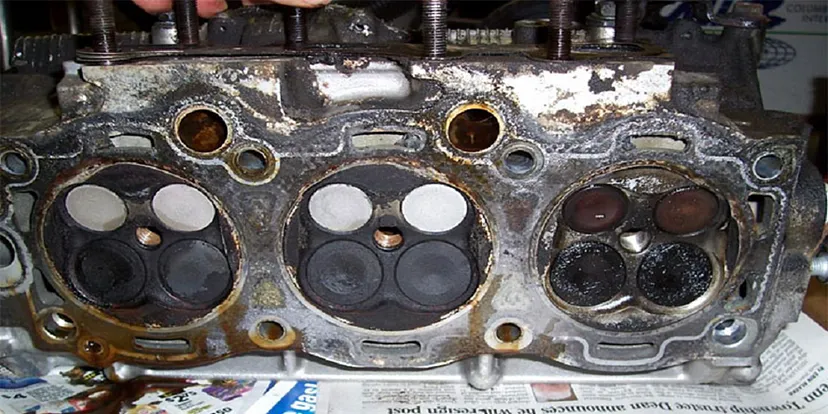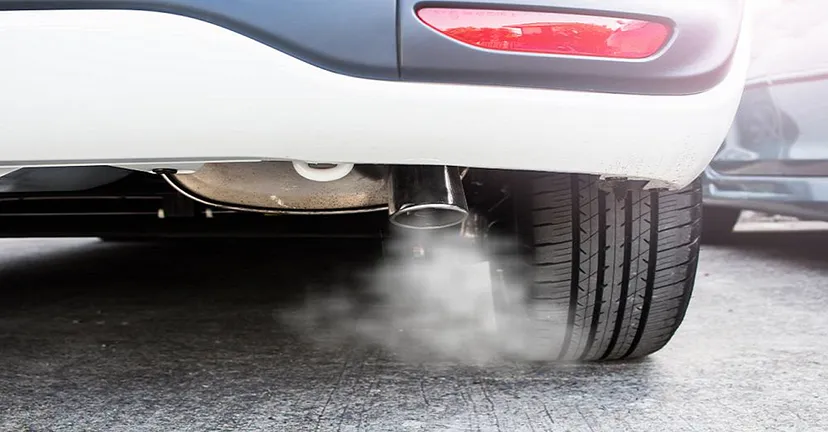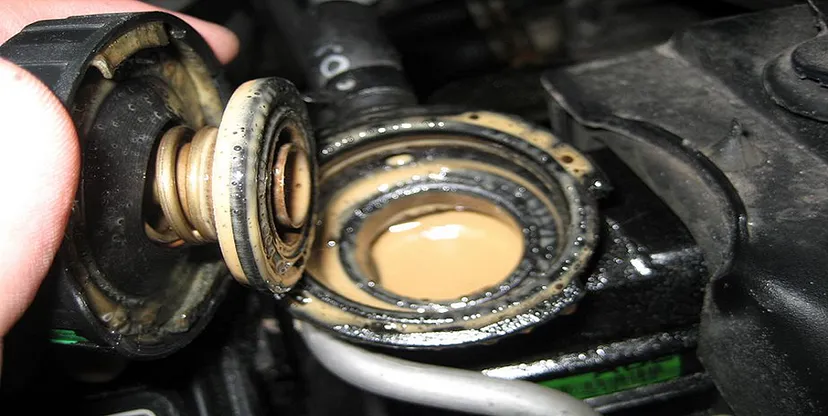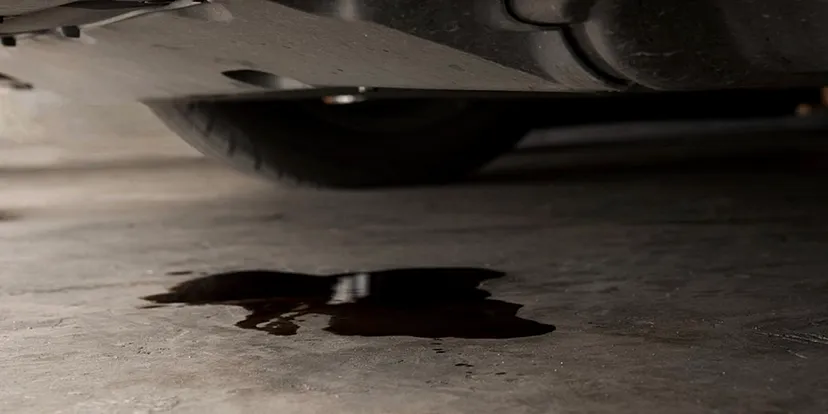
Everyone definitely heard the word “gasket,” but what is it exactly? A head gasket has a lot of importance under the hood. It sits between the cylinder head and engine block to protect the engine’s processing. While the cylinder head performs a variety of complex functions, the engine block is primarily responsible for combustion. The head gasket seals the coolant flow and prevents engine oil from entering the cylinders.
A worn head gasket, on the other hand, may not be able to completely seal any channels, and this will unquestionably cause coolant or oil to leak into the combustion chamber. When the engine overheats, the thermal pressure increases and the gasket is put under tremendous strain, leading to a blown head gasket.
How do you come to know about a worn head gasket?

Overheating is a common sign of a blown head gasket. However, it would be difficult to conclude because there could be a number of other issues under the hood that could cause the engine to overheat. However, let’s look at these signs before making a conclusion about head gasket condition.
Emergence of thick white smoke from the tailpipe

Thick white smoke is a result of the burning of coolant and oil inside the combustion chamber. Simply put, these lubricants have been able to enter the combustion chamber due to a weak head gasket. They burn alongside the normal fuel mixture before turning into thick white smoke.
Inefficient engine performance

As the engine block is not locked properly, there would not be proper combustion inside the chamber. Consequently, it will result in inefficient combustion of the fuel mixture and may hamper engine performance.
The colour of the engine oil has turned milky

A severe head gasket failure allows engine oil to be contaminated. The coolant might release into the oil passage, forcing a colour change.
Presence of bubbles in the radiator

Leakage of gas from the combustion chamber enters the cooling system, which may speed up the engine overheating along with creating abnormal bubbles in the radiator.
Oil spots on the ground beneath the engine

However, oil or coolant can leak through any crack, but it can also leak from a worn head gasket. When a damaged head gasket allows a liquid to drain, spots appear on the surface under your vehicle.
Initially, these problems can be small in occurrence, and anyone can ignore them. However, they may develop into larger issues sooner or later.
Though engine overheating is always the first sign of a blown head gasket, however, when it occurs along with one or more of the issues mentioned above, it is time to take cautious action and avail you of expert assistance from Service My Car.
Is it feasible to drive your car with a blown head gasket?

In many cases, owners learn about a worn head gasket a bit later. Therefore, it is impossible to avoid driving. But it would not be good to drive a car, especially after knowing about the issue.
As stated above, a vehicle usually starts to overheat; thus, driving a vehicle in such a condition will worsen the situation. When there is not enough coolant inside, it will definitely wreak havoc under the hood.
In some cases, there would be a need for an entire engine replacement rather than a head gasket replacement, especially when you ignore signs for too long. However, a simple head gasket replacement is a great option compared to a complete engine replacement. Though, a car engine repair may be necessary to get things back on track. In case you own a Volvo car and Wondering, how to find the nearest volvo service centre to get the engine repair? Open google type volvo service near me and you will find Service My Car on the top to get the engine repair in the town.
Therefore, it is worth being cautious if your car hints at a damaged head gasket. Service My Car offers you advanced diagnostics and repair solutions for complex automobile problems under the supervision of experts.
Is it possible to repair a head gasket?

It might be possible to repair a damaged head gasket, but eventually it depends on the extent of the damage. A small leak can definitely be fixed, and you can avoid overheating and wastage of coolant or engine oil. There are some substances available on the market that could fix a small crack or leak in the head gasket.
As soon as you learn about the problem, your car’s engine gets a breath of relief from further damage. However, it would not be the best alternative if there is considerable damage.
Keeping the intensity of engine operation in mind, you cannot rely on a fix rather than a head gasket replacement for a great solution. For more clarification, just ask an expert at Service My Car.
What are the best ways to sustain a head gasket for a long time?

Simply put, a head gasket should last as long as the vehicle runs properly. It is usually expected to travel more than 20000 kilometres. However, a poorly maintained vehicle may sustain damage, resulting in overheating under the hood.
Head gasket damage happens due to the engine overheating. So, there should not be any issue such as a lack of coolant or cooling system problem, including a thermostat issue or an inefficient radiator. Therefore, you can save your car’s head gasket by opting for routine car maintenance.
Besides, your car needs a properly installed head gasket to prevent future damage. Get all these services under one roof at Service My Car by booking a car service or ordering a car repair quote online on our app or website.



